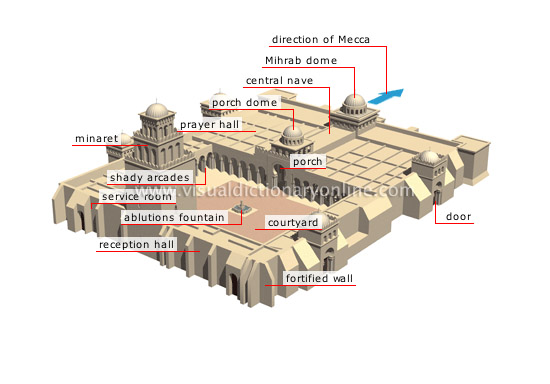Ablution fountain: for washing and purification.
Mimbar: the pulpit where the iman delivers sermons.
Mihrab: niche in the quibla wall to show the direction of Mecca.
Minaret: tower used for the call to prayer.


 In the last unit, we learn about Romans and I am going to took abut them.Roman civilization started with the city of Rome.This peninsula is in the centre of the Mediterranean, it is a strategic location and enabled the Romans to extend their territories on three continents: Europe, Asia and Africa.Rome conquered all the territories on the Italian Peninsula.
In the last unit, we learn about Romans and I am going to took abut them.Roman civilization started with the city of Rome.This peninsula is in the centre of the Mediterranean, it is a strategic location and enabled the Romans to extend their territories on three continents: Europe, Asia and Africa.Rome conquered all the territories on the Italian Peninsula.